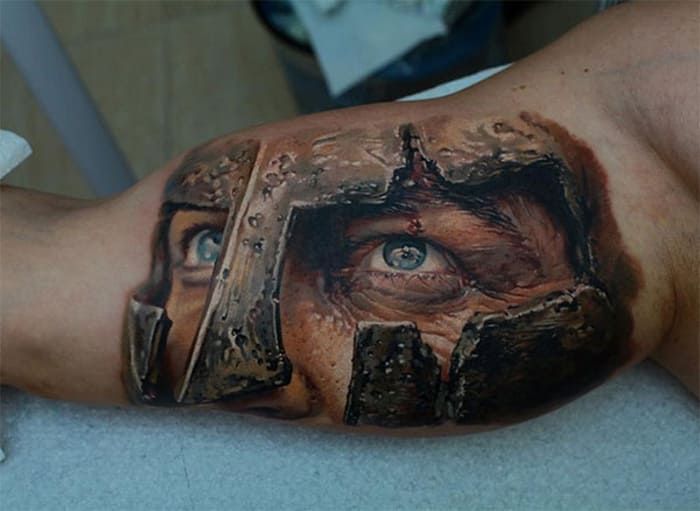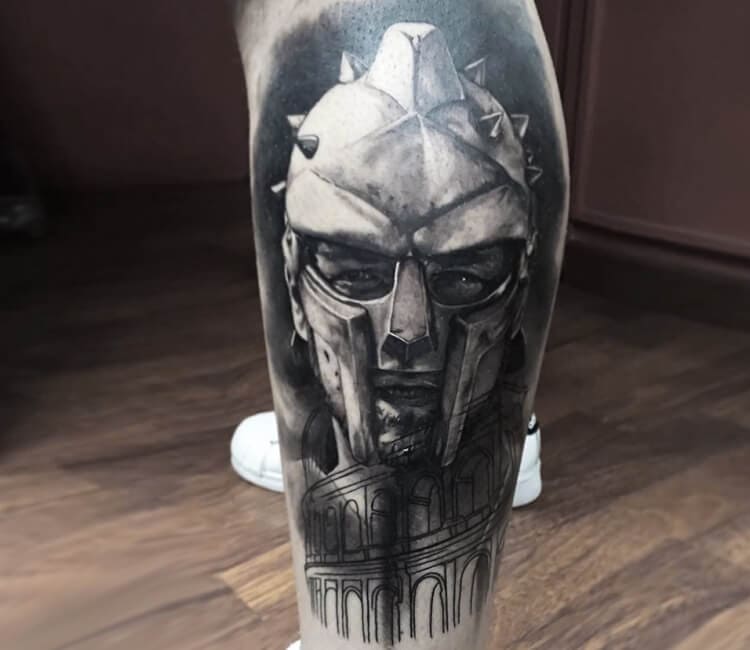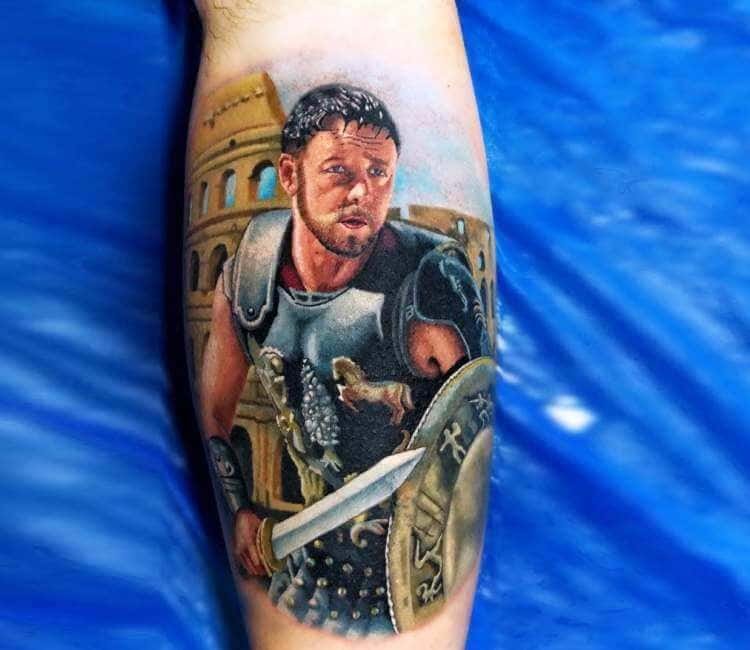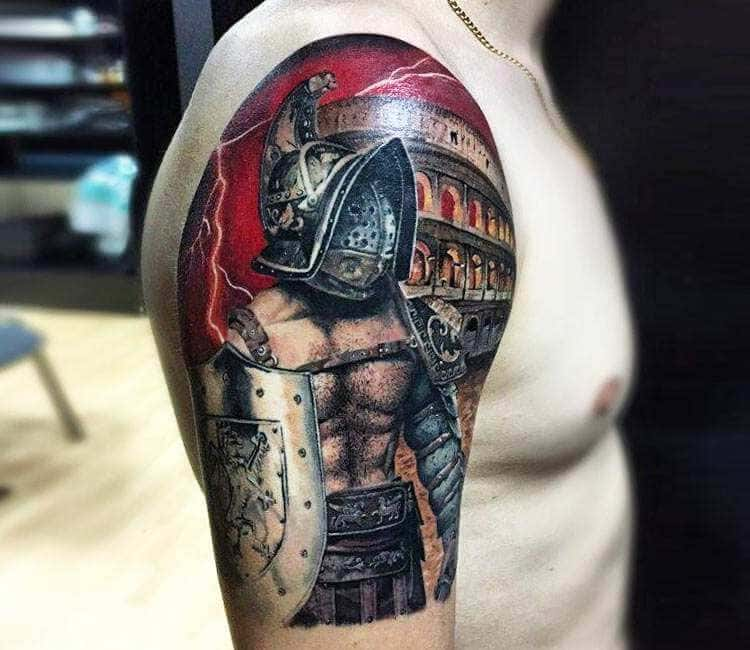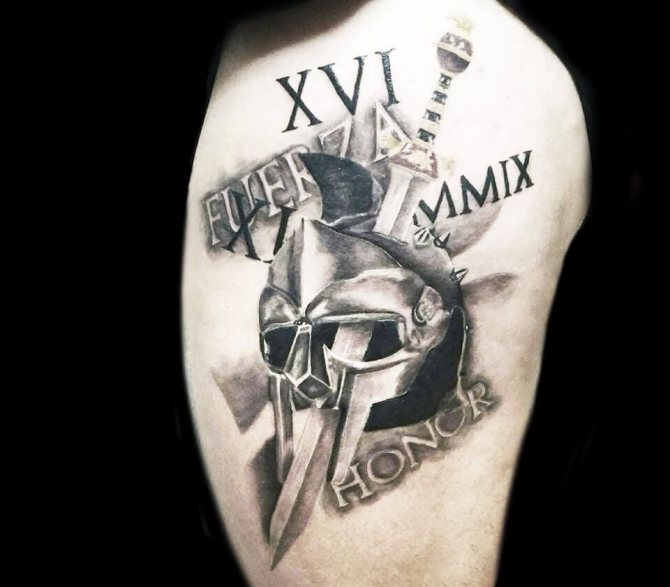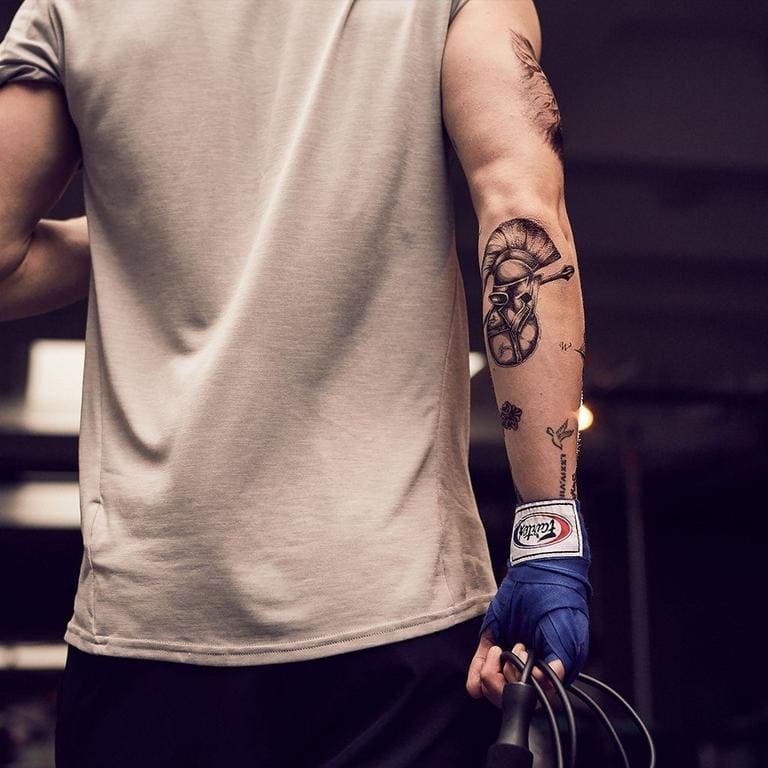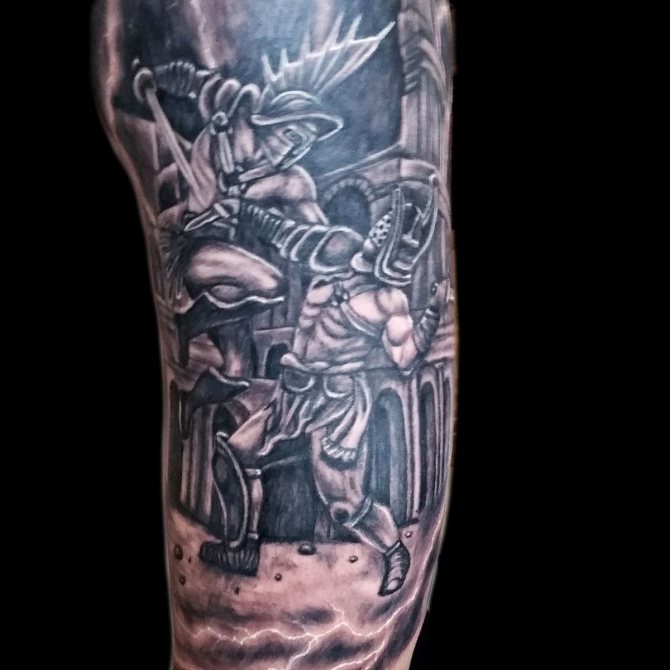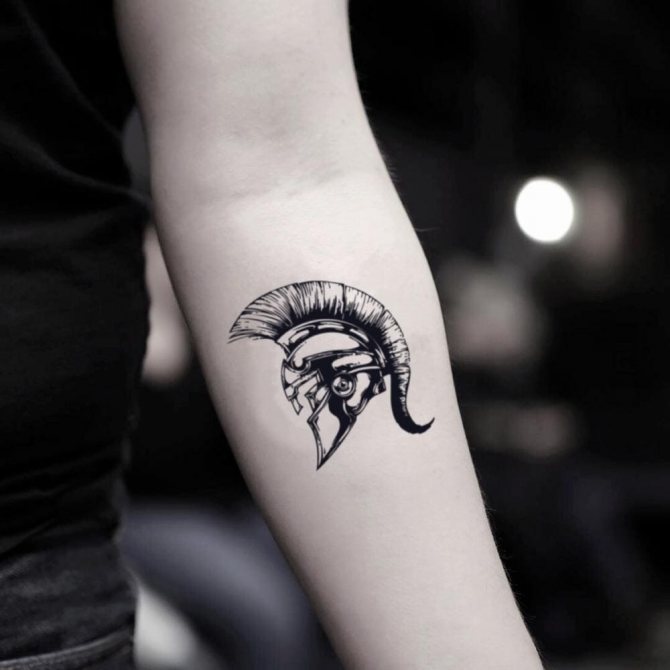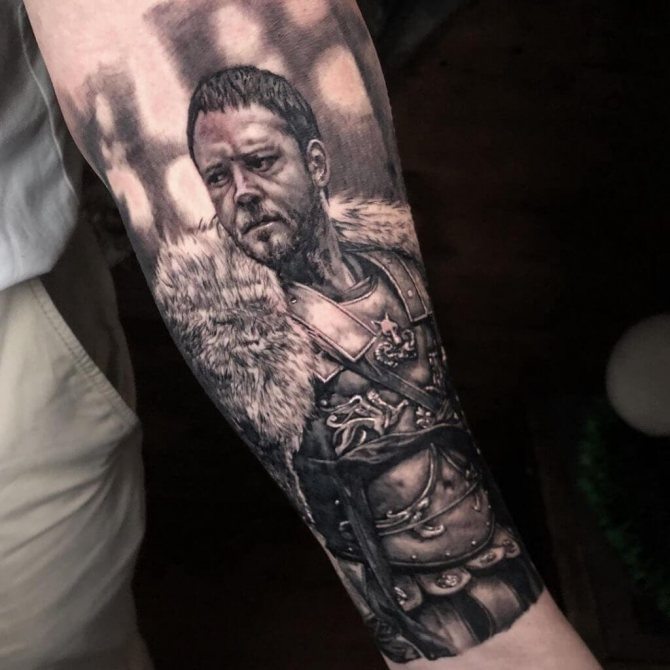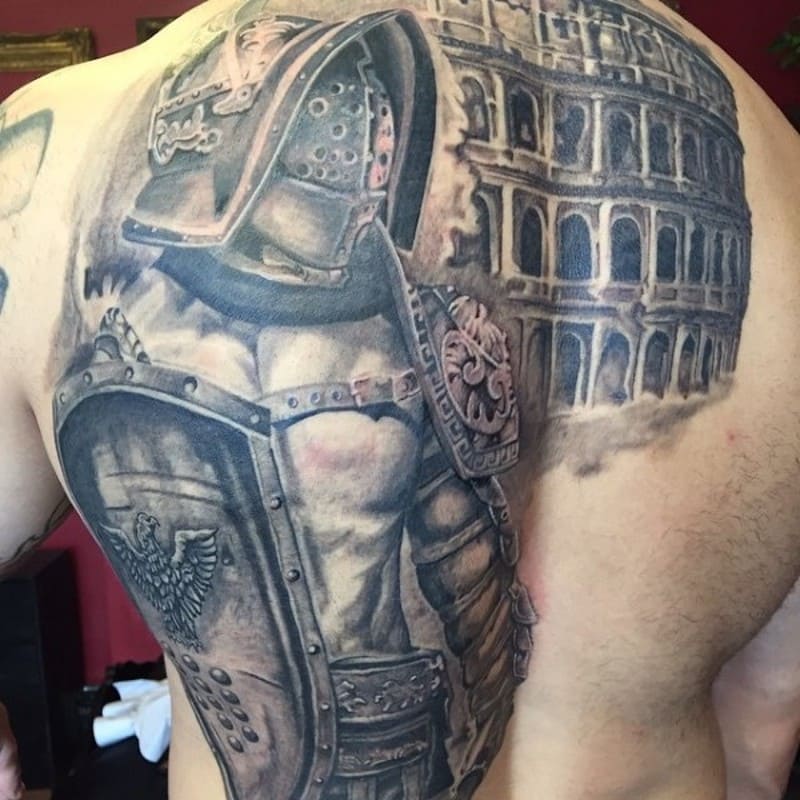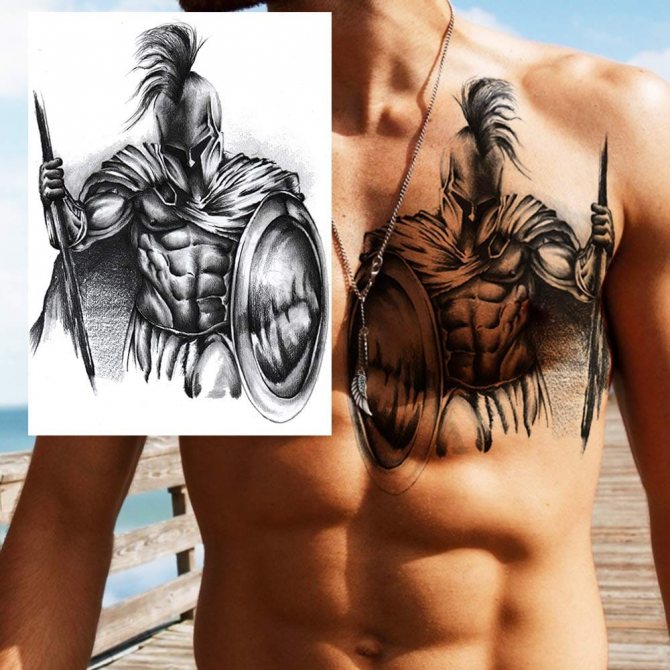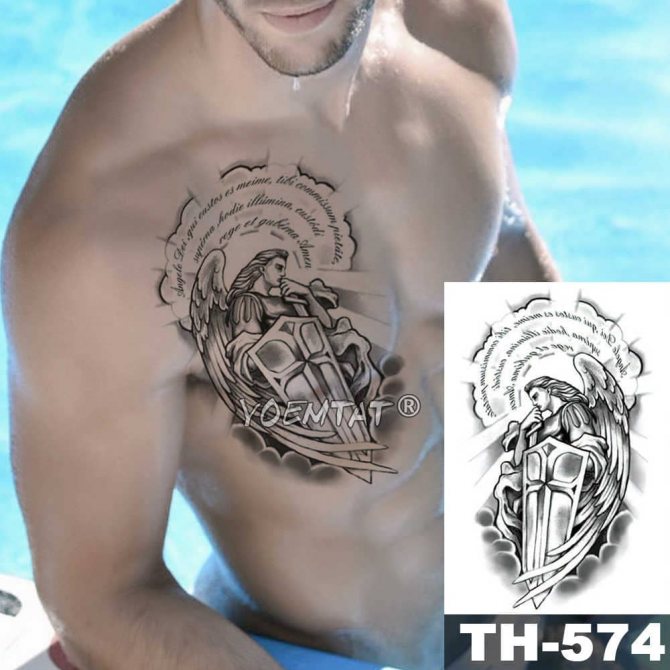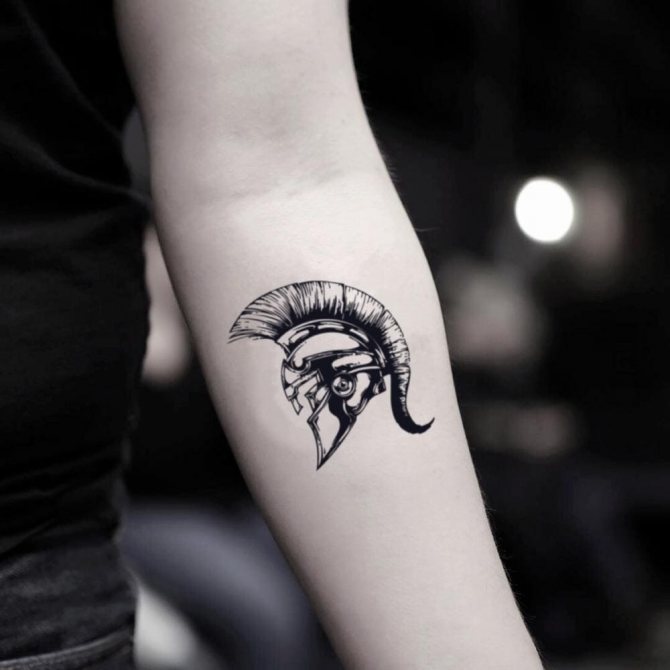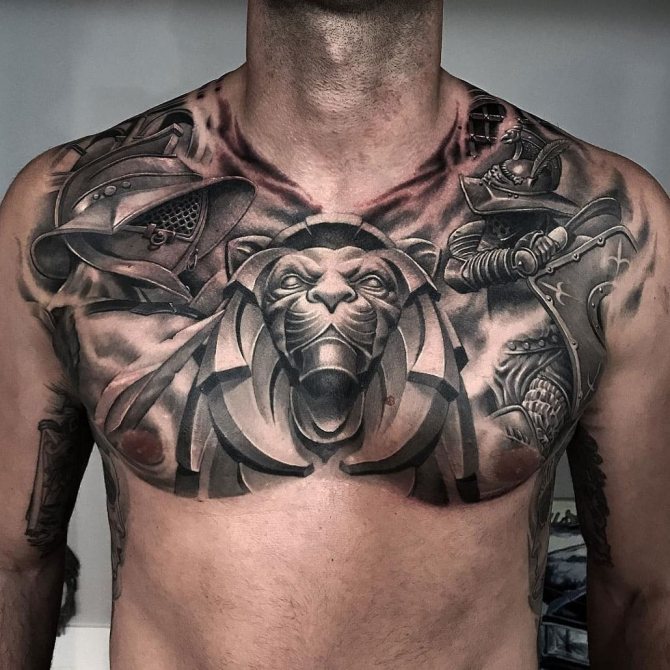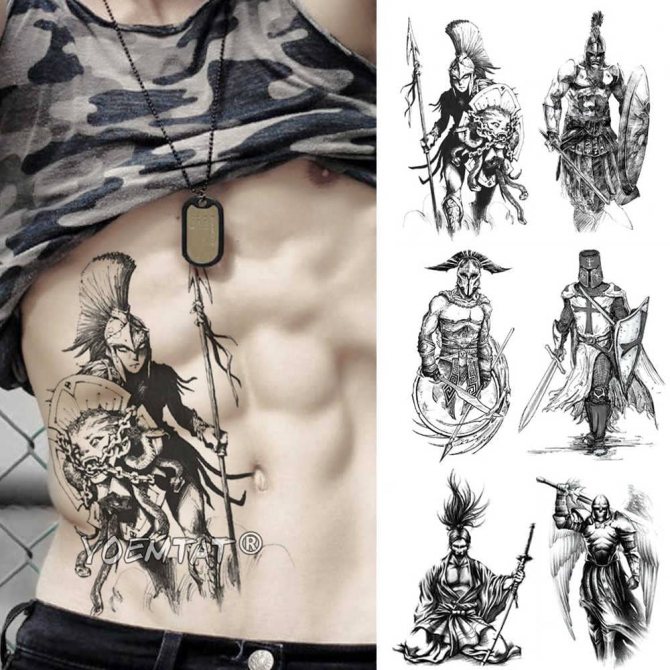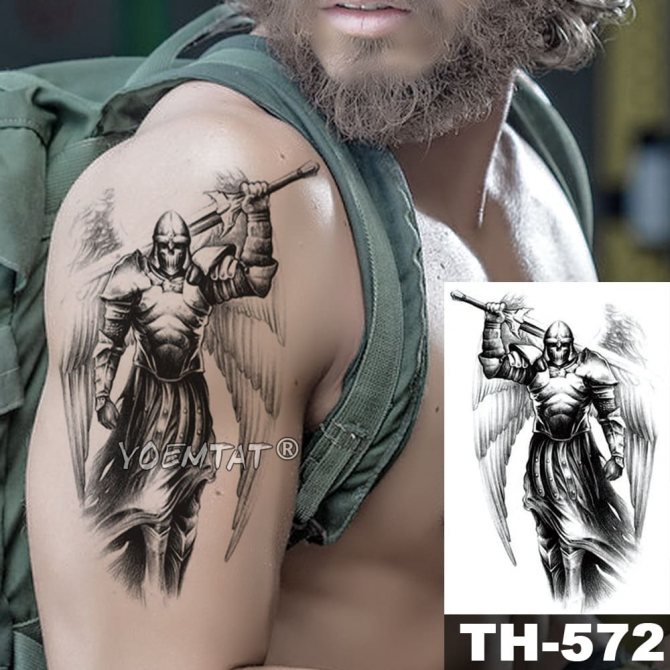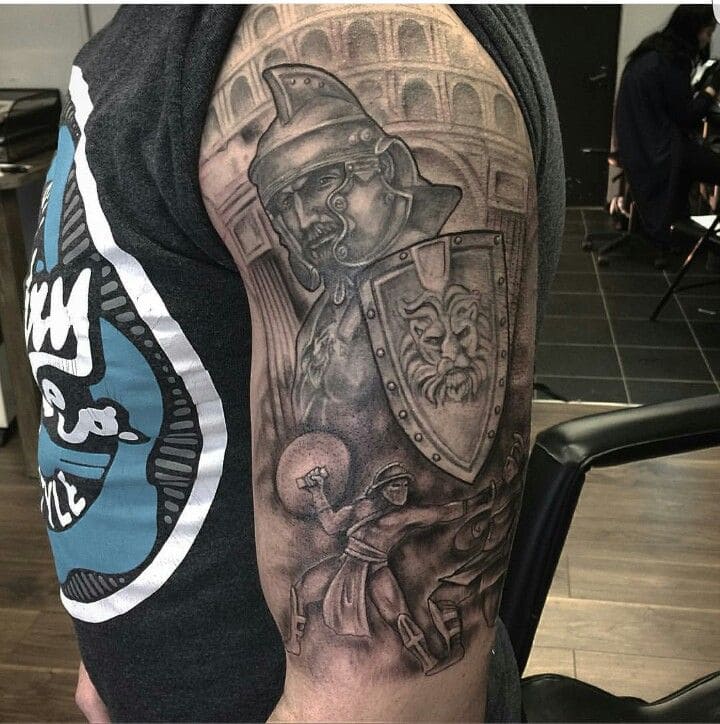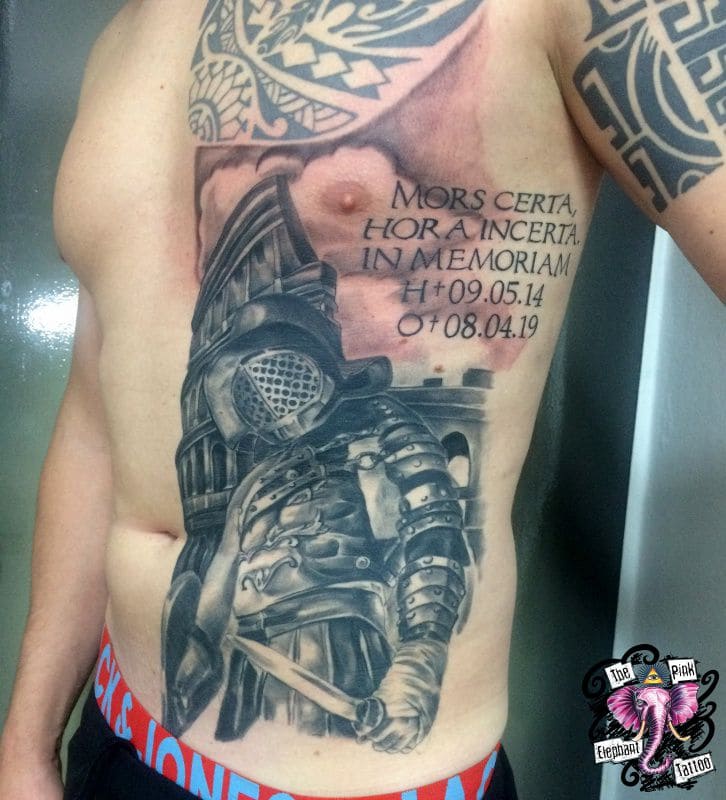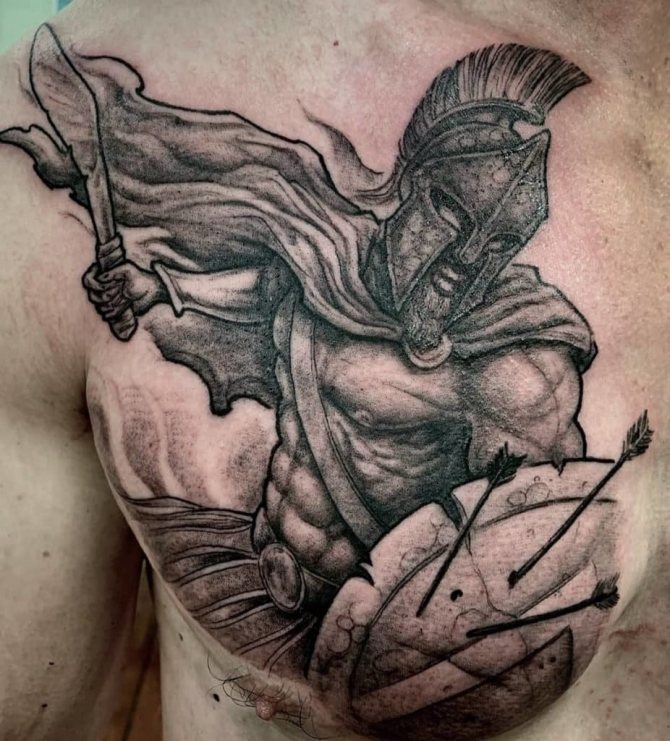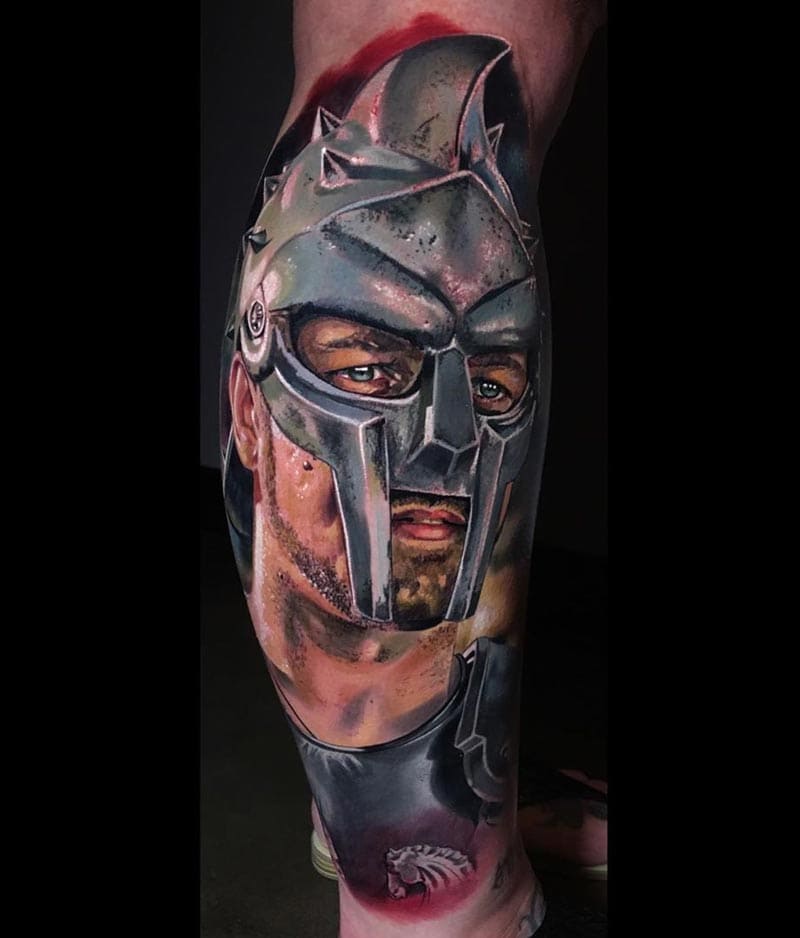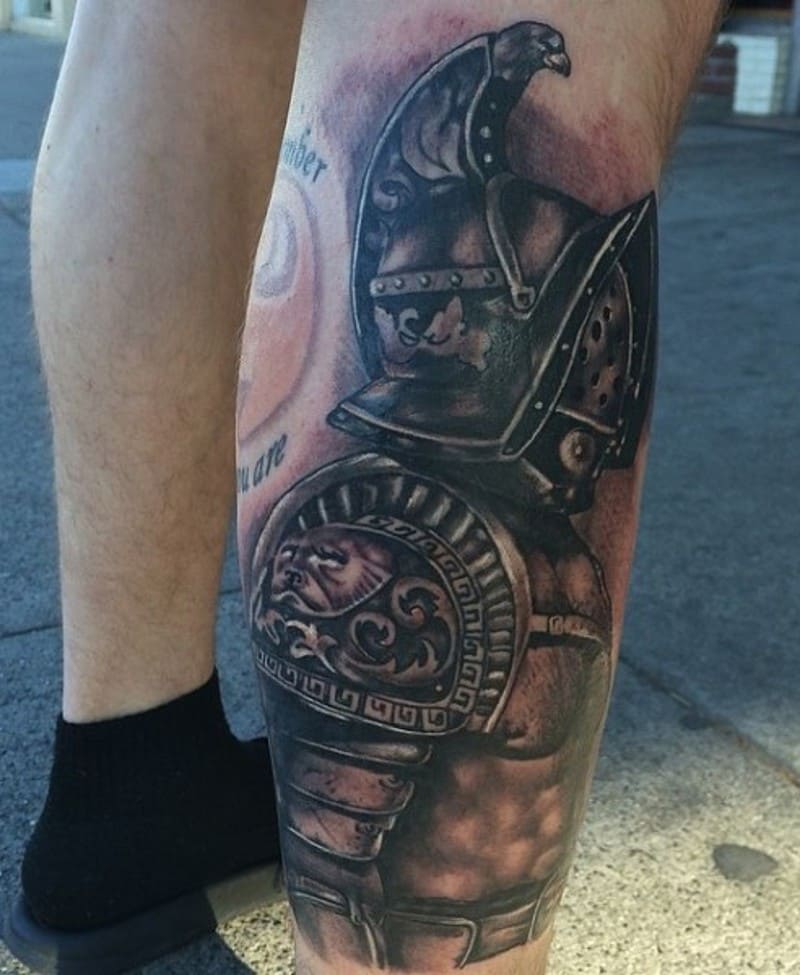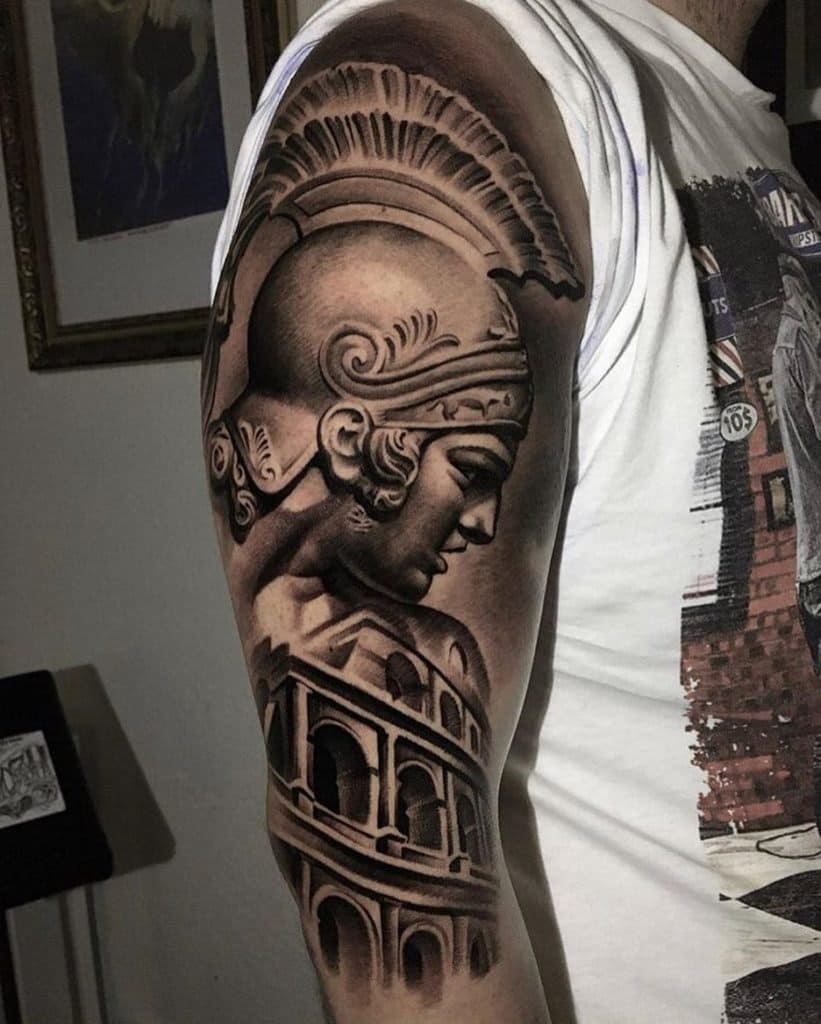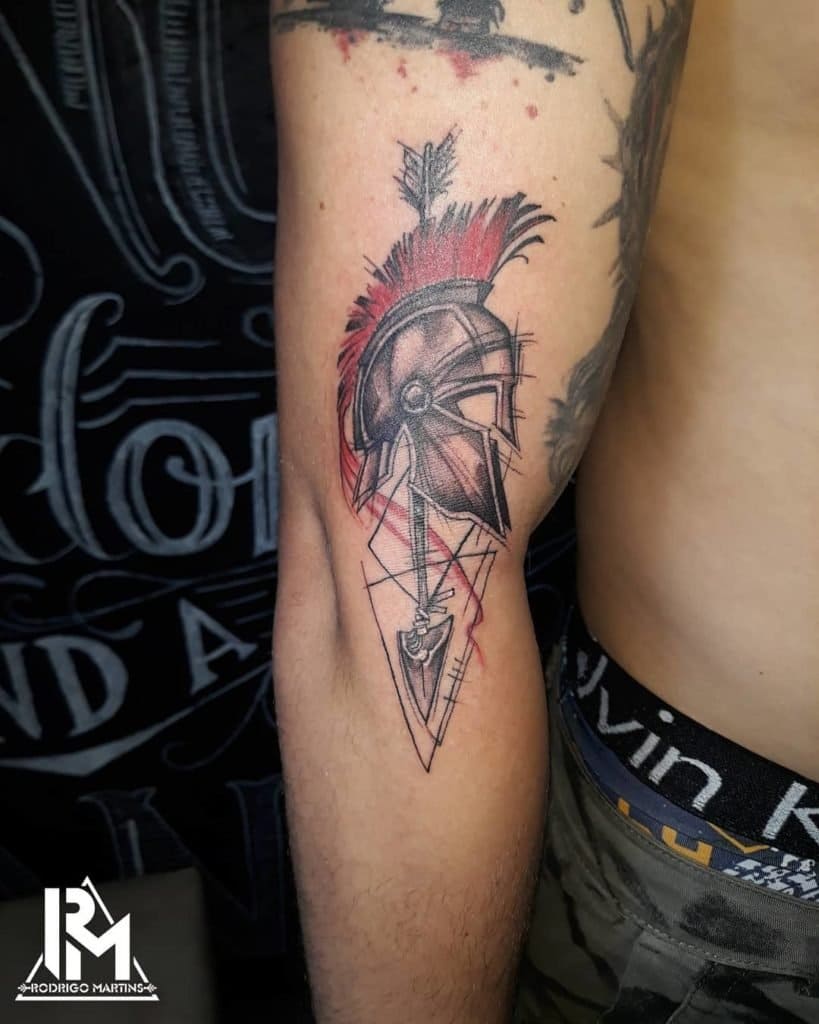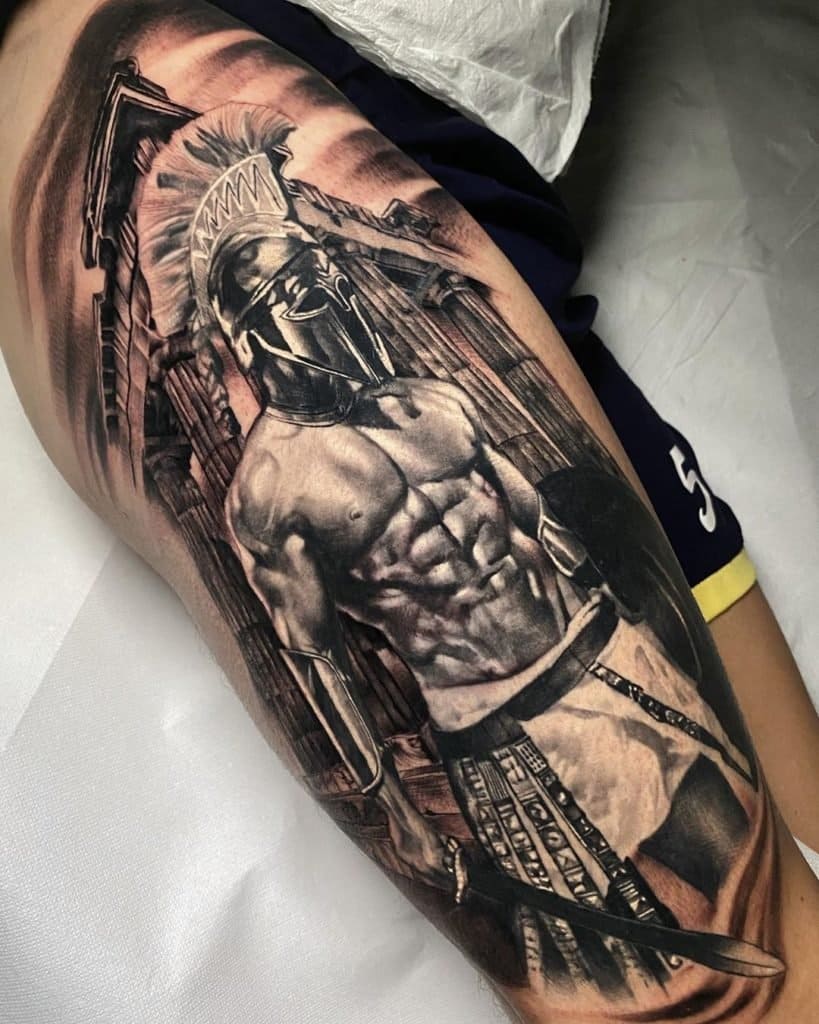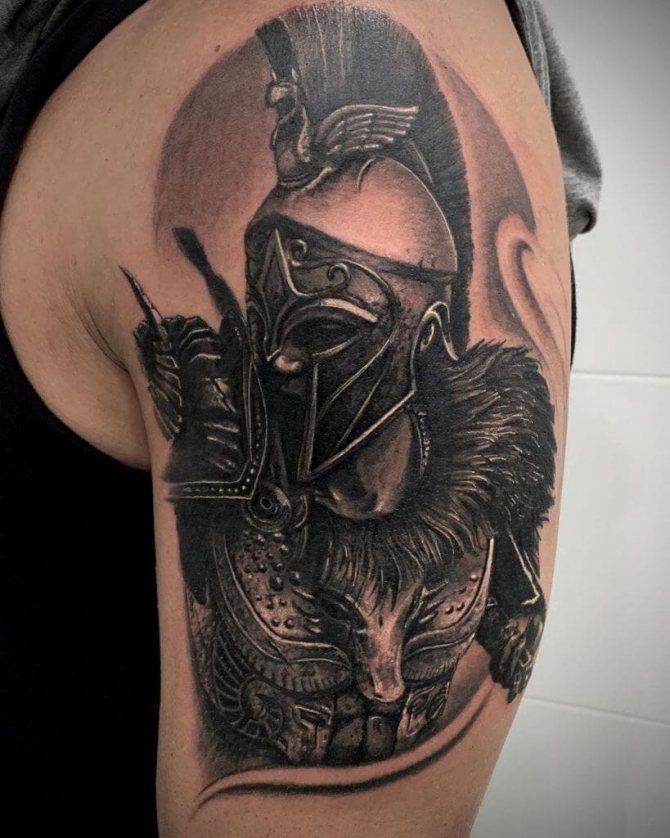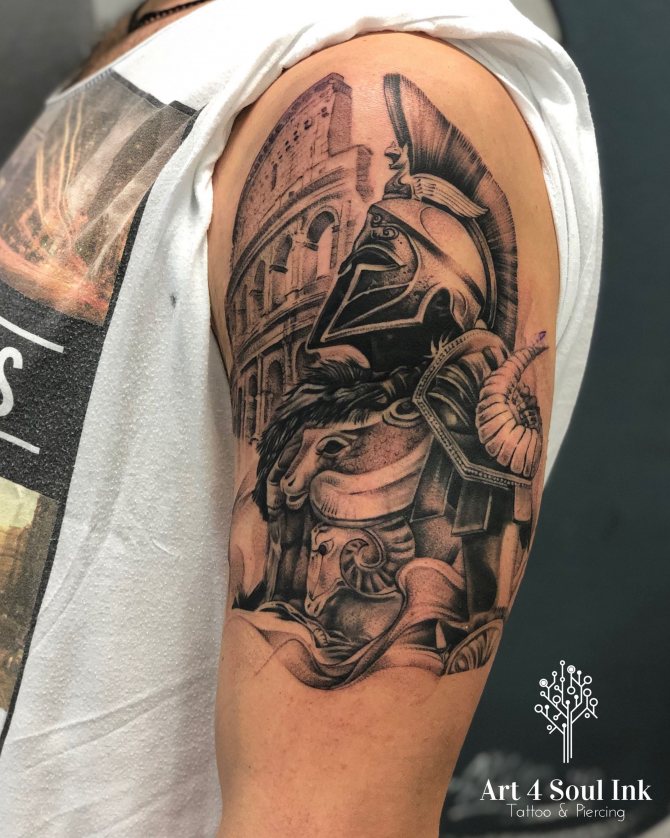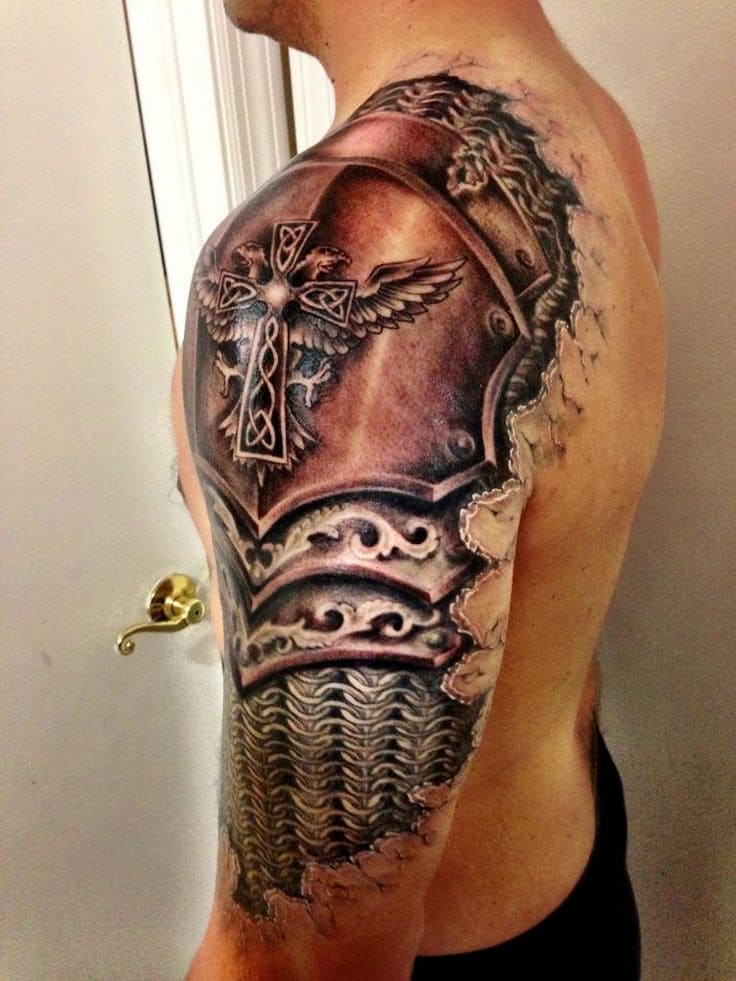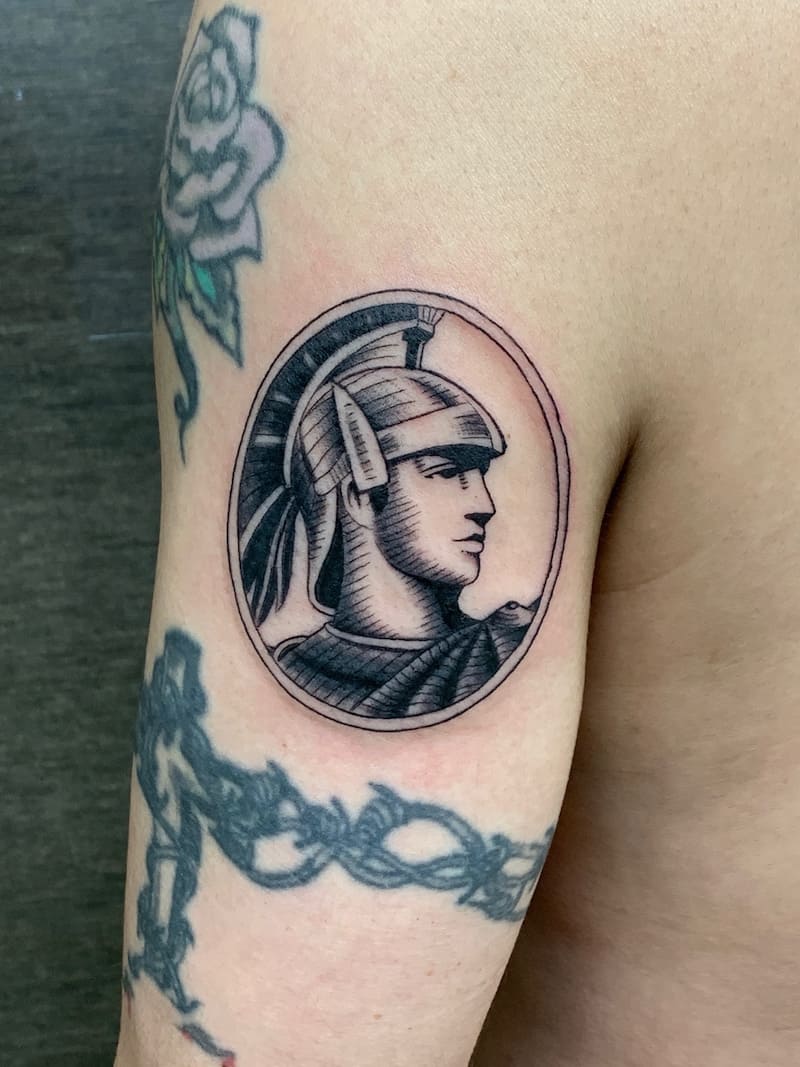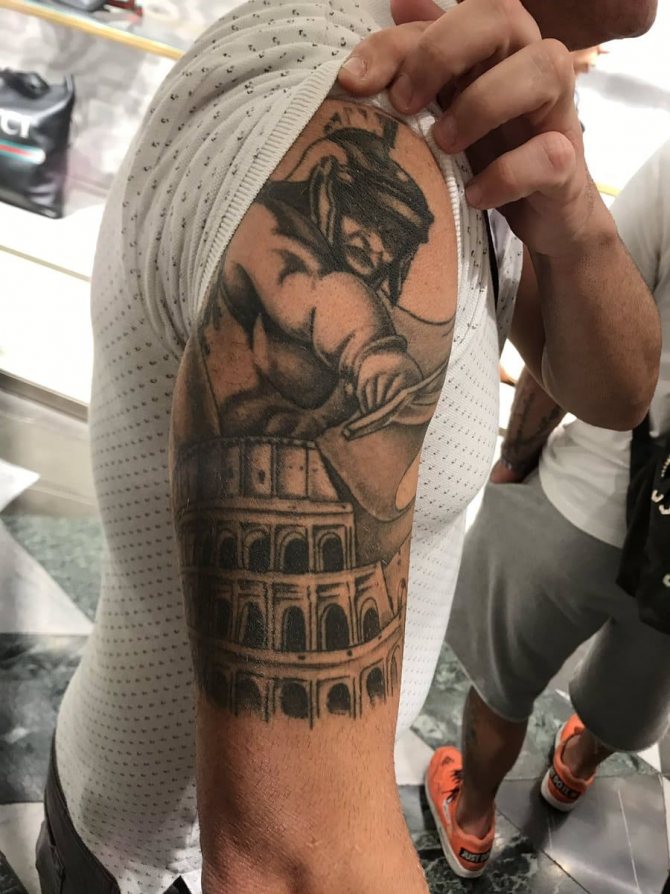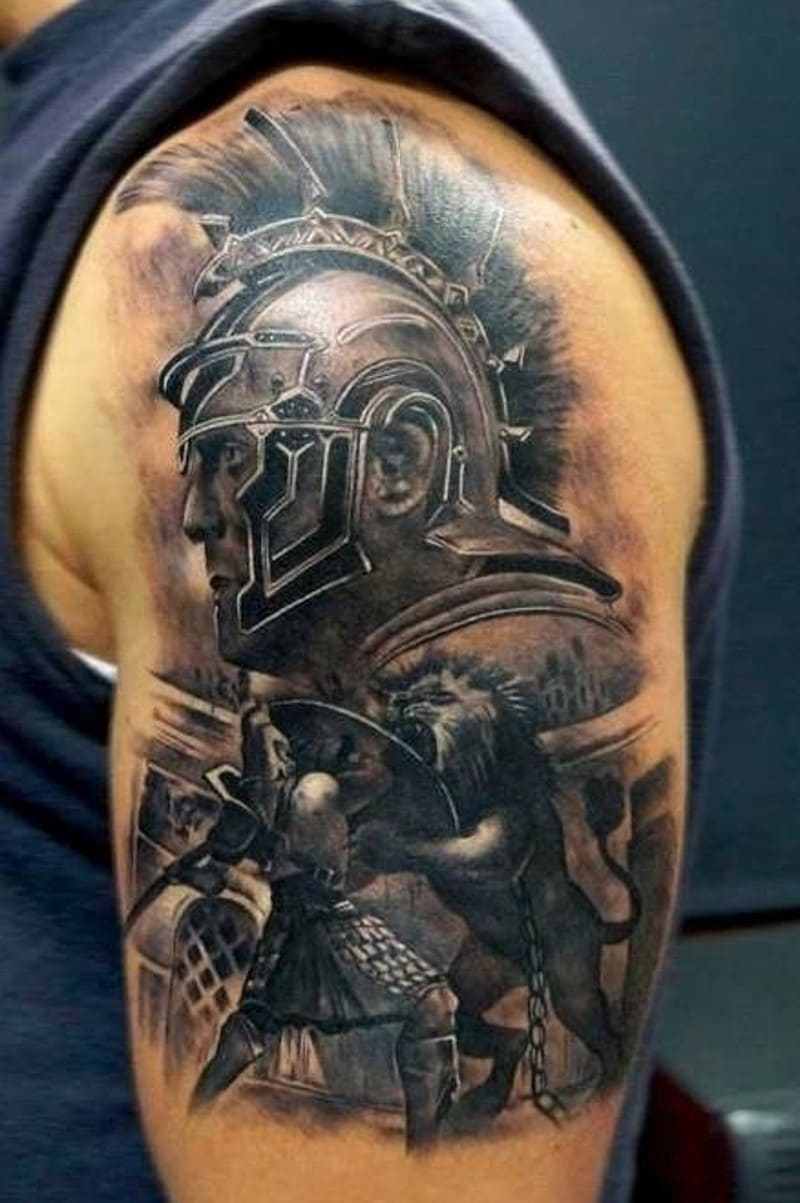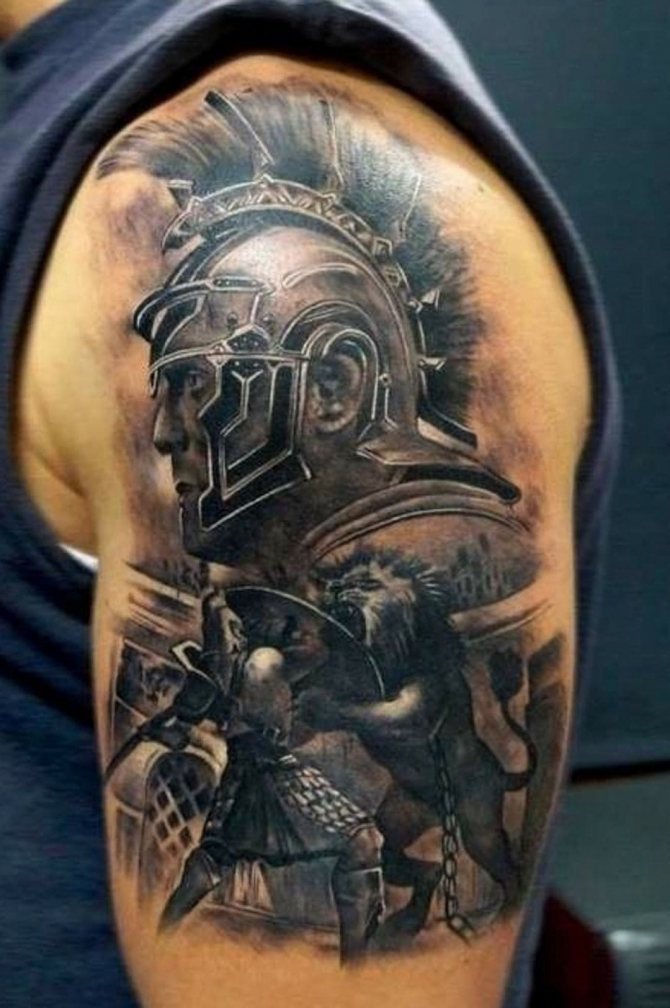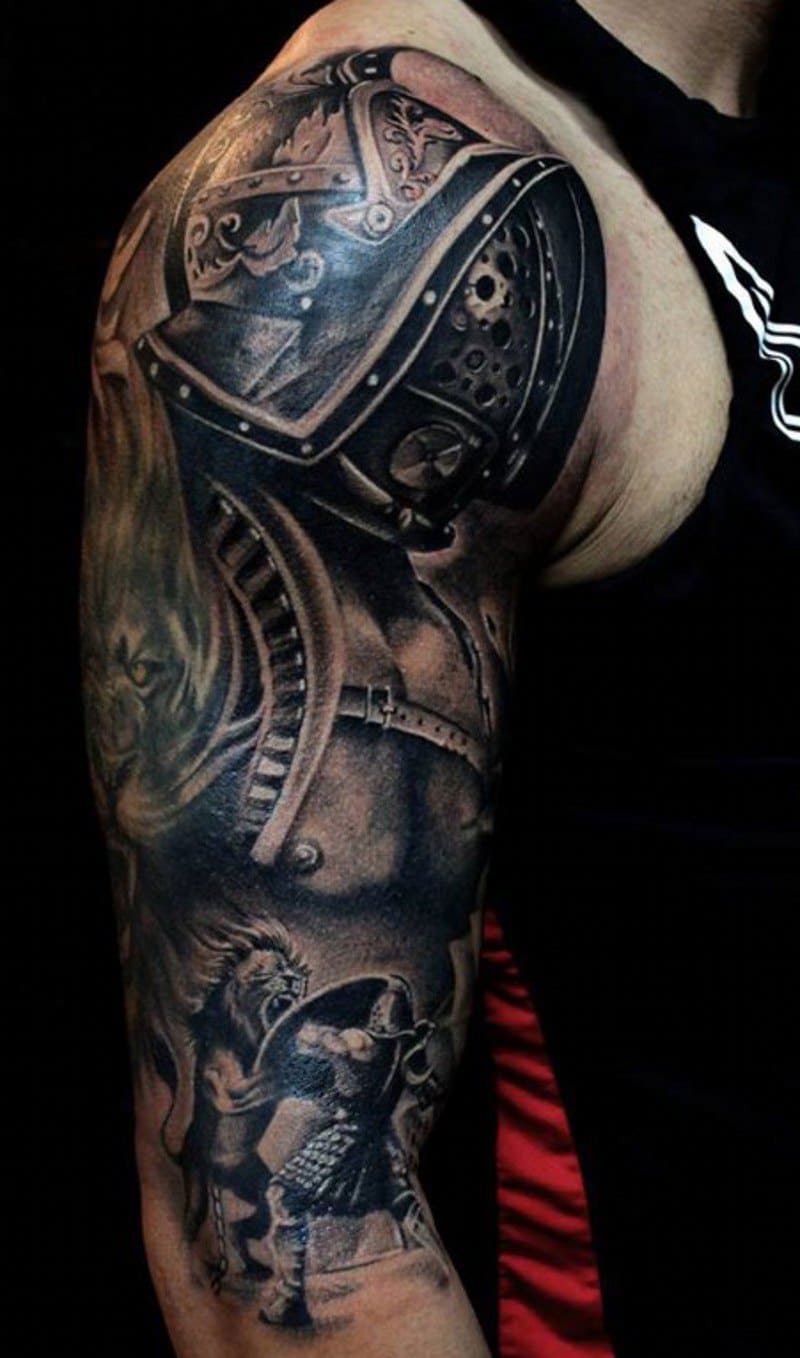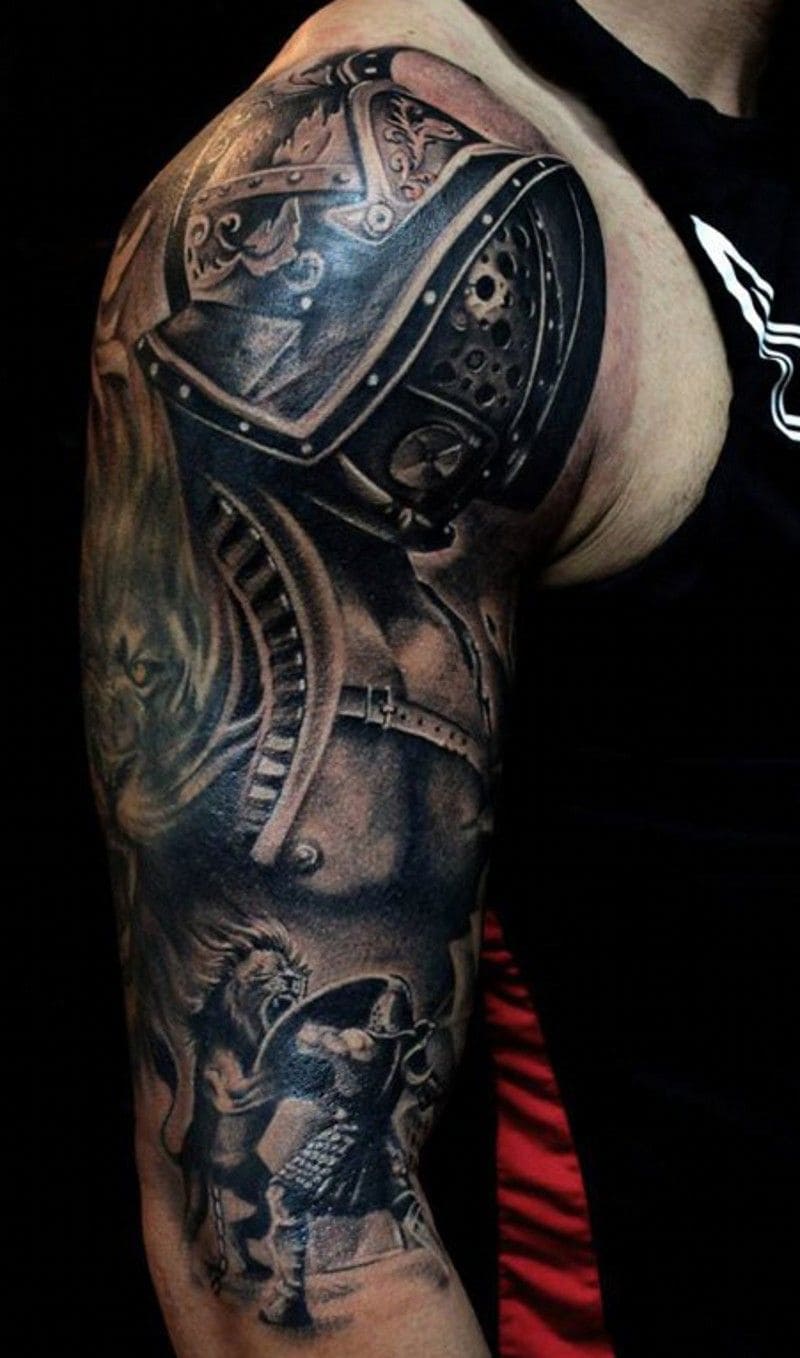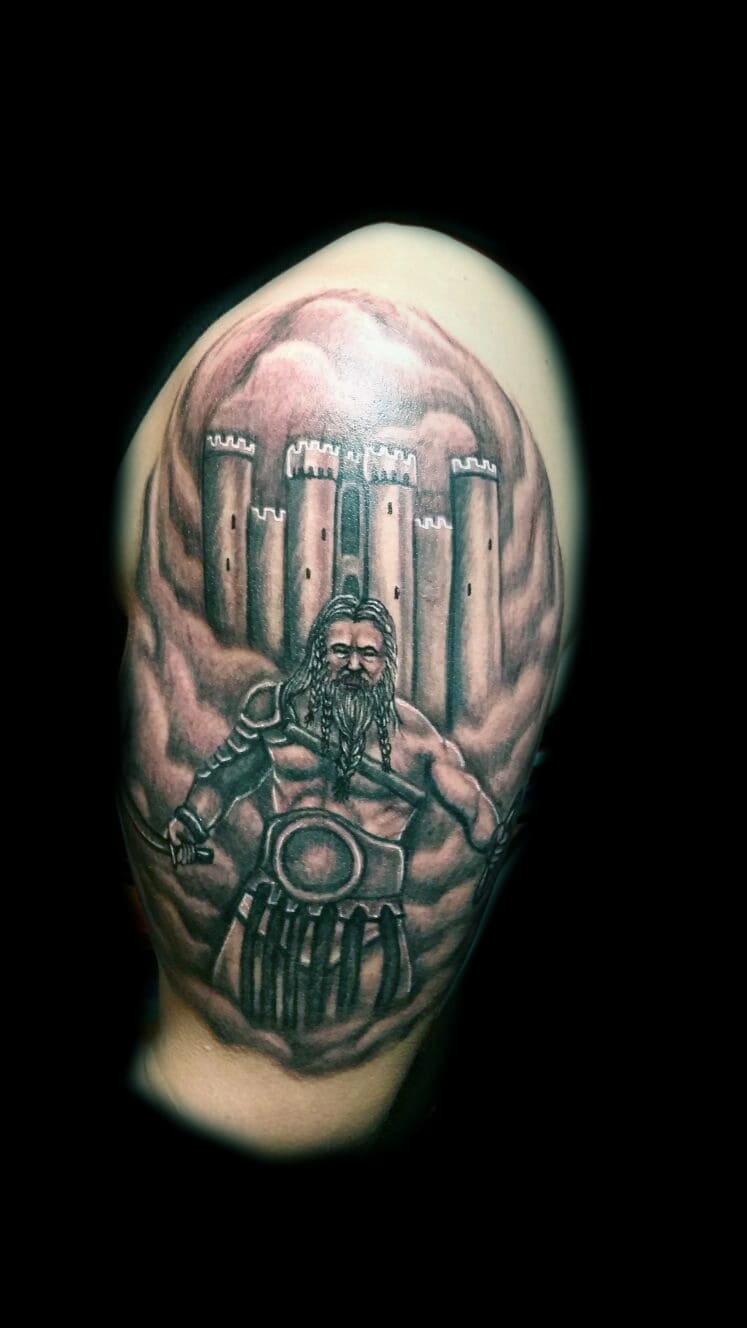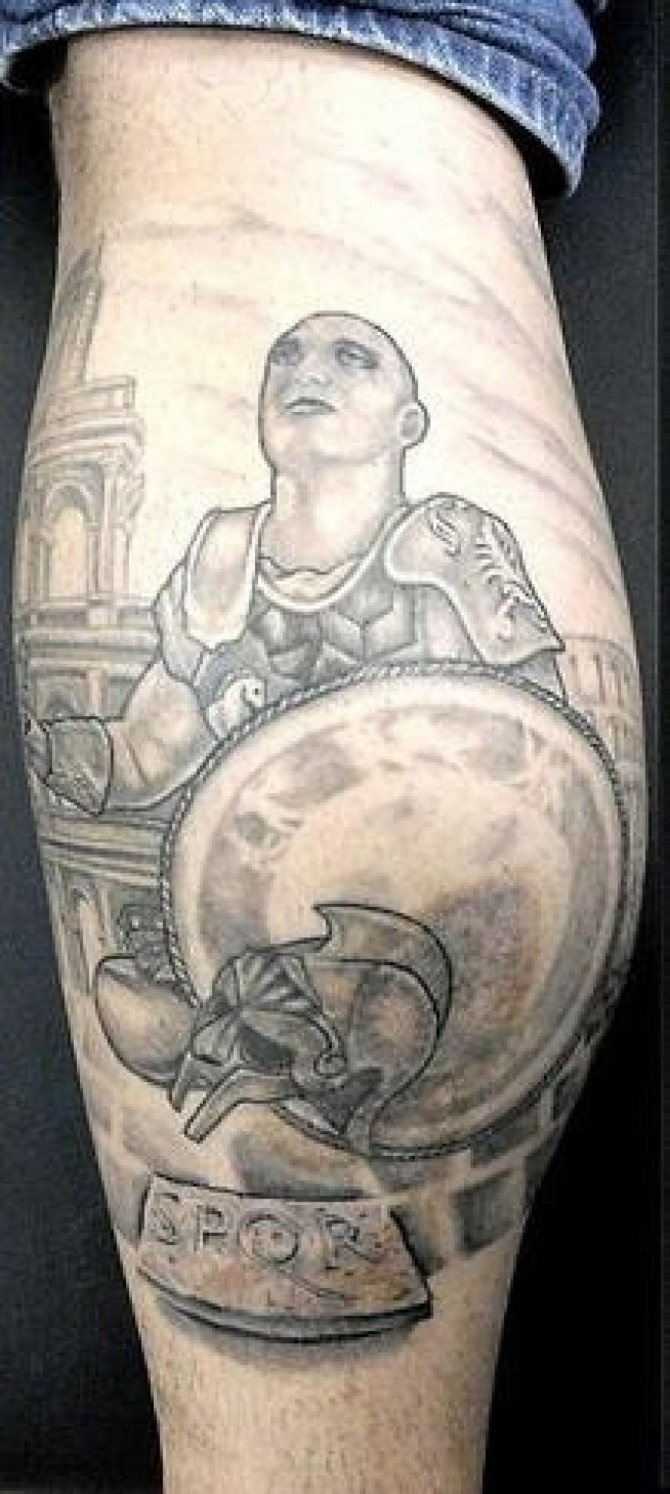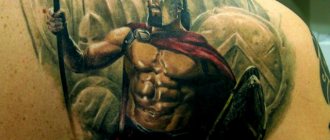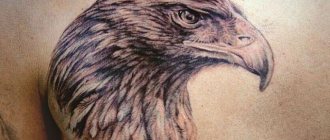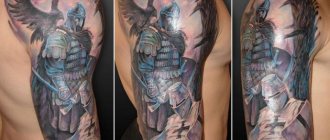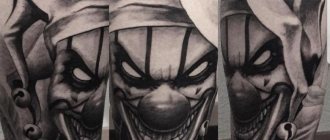Ave, Caesar, morituri te salutant!
(Those who go to death salute Caesar!)
Rome is rejoicing... The deafening roar of the crowd in the center of the arena as muscular and armed men fight to the death with wild beasts or each other. Imagine how much courage, equanimity and bravery it takes to go out every day during the Roman Games with a weapon in hand against a similarly desperate daredevil or an enraged hungry lion! With a minimum of protective armor and very average armor.
Gladiators is an amazing legend of ancient Rome, which in its romantic halo successfully competes with the history of the Great Caesars. Indeed, in a time when courage was valued above all else, and the warrior's spirit was as tangible as a combat dagger, gladiators became the standard of valor and courage. The finest Roman matrons and hetaerae loved these uncompromising fighters secretly and openly, even the most ruthless Emperor seriously respected them, and the best warriors were relentlessly worshipped by the crowd. Moreover, the popularity of certain gladiators compelled the rulers of Rome to grant freedom to the luckiest and most skilled masters of the spear, trident, and sword immediately after a decisive battle.
The most courageous emperor, Lucius Aurelius Commodus, loved to personally fight with the best gladiators in the gladiatorial arena, after which the victorious gladiator often received not only the status of free citizen of Rome, but also a generous reward. This crowned lover of vivid sensations in deadly hand-to-hand combat fought about 800 deadly fights! And the rebellion of Spartacus is still a landmark historical example of the endless freedom and stern fearlessness of Roman gladiators.
Contempt for death, physical strength, beauty and valor - a cocktail of these truly unique qualities of gladiators have created an immortal image of a courageous man, able to defend himself under any circumstances. It was not without reason that the armour of the most famous gladiators was on display in the Temple of the Goddess Minerva, known in ancient Greece as the bellicose and beautiful Athena Pallada. Over time, this gladiatorial ammunition became a recognized symbol of luck, courage, physical strength and spiritual beauty. Julius Caesar himself, when crossing the Rubicon River, addressing his soldiers with a summons, symbolically dressed in gladiatorial armor.
Bestiary
The fearlessness of the bestiary, the gladiators, who were first state criminals sentenced to death and then transformed into glorious knights of the arena, is still legendary. Moreover, this name of the brave fighter, armed with light darts, has become a proverbial word, conveying the highest degree of courage and bravery. Of course, to go out to fight a hungry lion, rhinoceros or tiger, which has first been "irritated" to the highest degree of fury, requires great courage, sometimes bordering on despair. Among the bestiary there were daredevils who fought against the wild beast with a wooden stick, and the most talented darlings of the public contrived to tear open the jaws of a lion or a rhinoceros with their bare hands. A clear symbol of the highest valor bestiary were armor, decorated with the skin of a lion, personally killed by a gladiator without arms.
Where to apply the tattoo
To determine the best location for a gladiator tattoo, you can use the online resource available on the Internet.
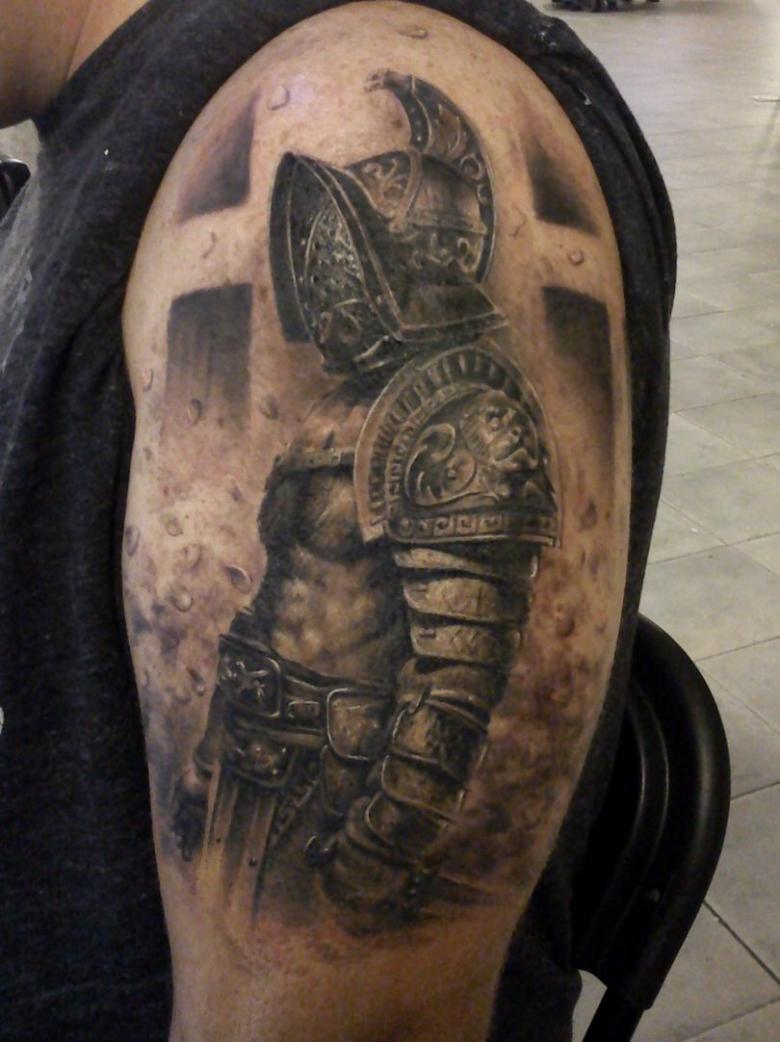
The most popular are considered to be the tattoos with Spartacus, Crixus and Gannicus, because they are the most famous characters of gladiator life screenplays.
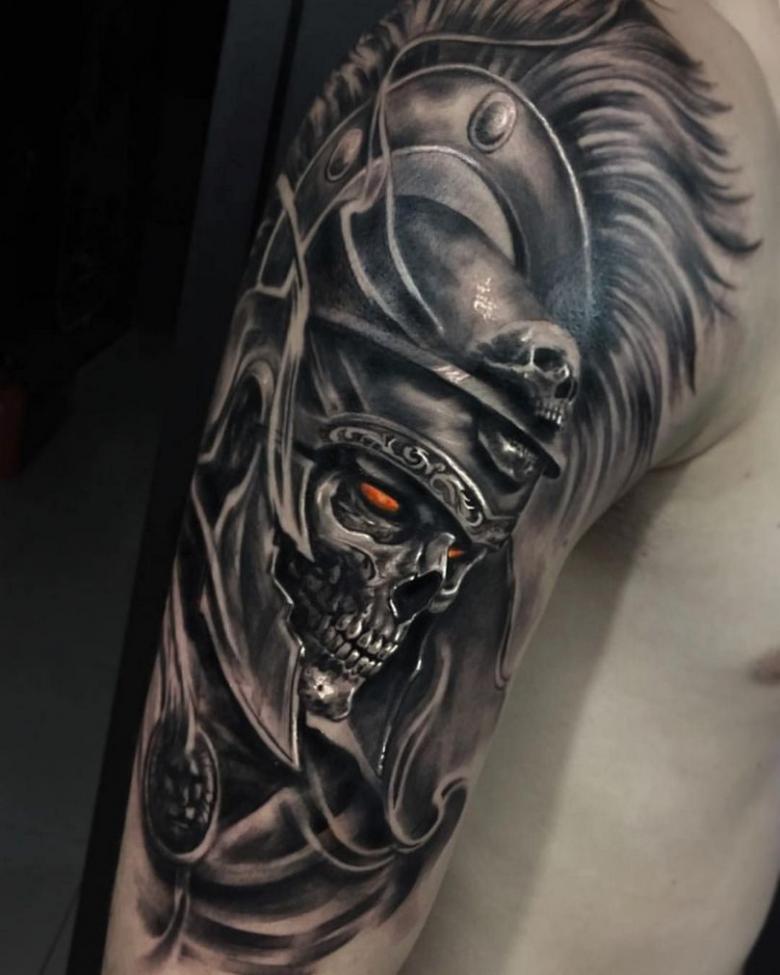

Volumetric and realistic tattoos with gladiator look great on the shoulder, because there is enough space to create a detailed image. Especially advantageous if the shoulder is characterized by massiveness and developed musculature.
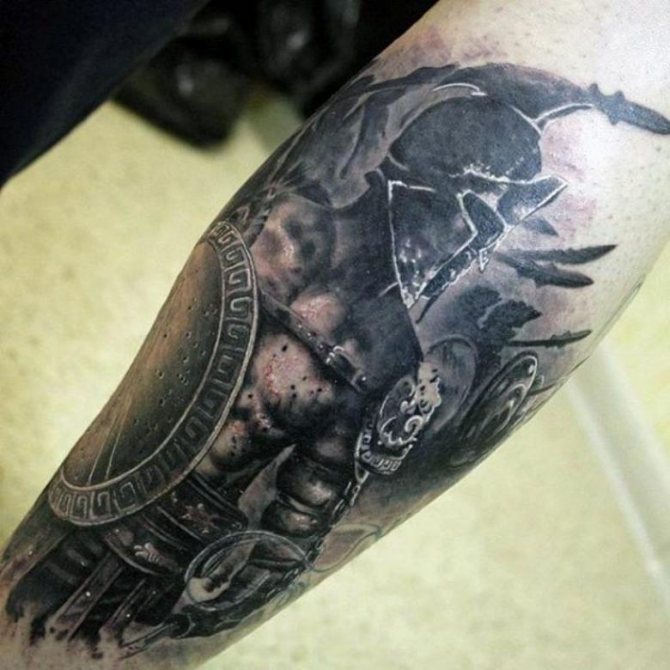

However, more often the back or chest is chosen, as the physical development of the body is not important here. In any case, the master will get a lot of space to create a quality work. The main thing is to find a suitable photo with a gladiator or this theme.


The hand is used if the owner wants to show the originality of body decoration. Thanks to this, people will be able to appreciate his refined taste or think about the symbolism of the tattoo with a gladiator. But, most importantly, the owner will draw a lot of attention to himself, sometimes, the goal is just that.
Velith
Velits were lightly armed gladiators wearing intimidating helmets who fought in the arena with lightweight spears. They displayed great courage, dexterity and valor, and successfully pitted their brave men against gladiators in heavy armor. Their measured judgment, assertive pressure, savvy defense, and brash brutality were among the greatest victories they could muster in the gladiatorial arena. In addition, the velites were distinguished by loyalty and friendliness, as far as it was possible in a harsh environment of courageous and brave fighters. Calm and calm of these fighters in hopeless and desperate situations won the velites the glory of the most imperturbable gladiators of ancient Rome, capable of actually effective solutions in the bloody battles in the arena.
Meaning of the gladiator tattoo
Can be individual. Not necessarily a gladiator tattoo adorns the body of a strong and brave man. Perhaps the sketch with a gladiator is used to demonstrate the free spirit of the owner. He wants to show that his will not be broken by worldly hardships.
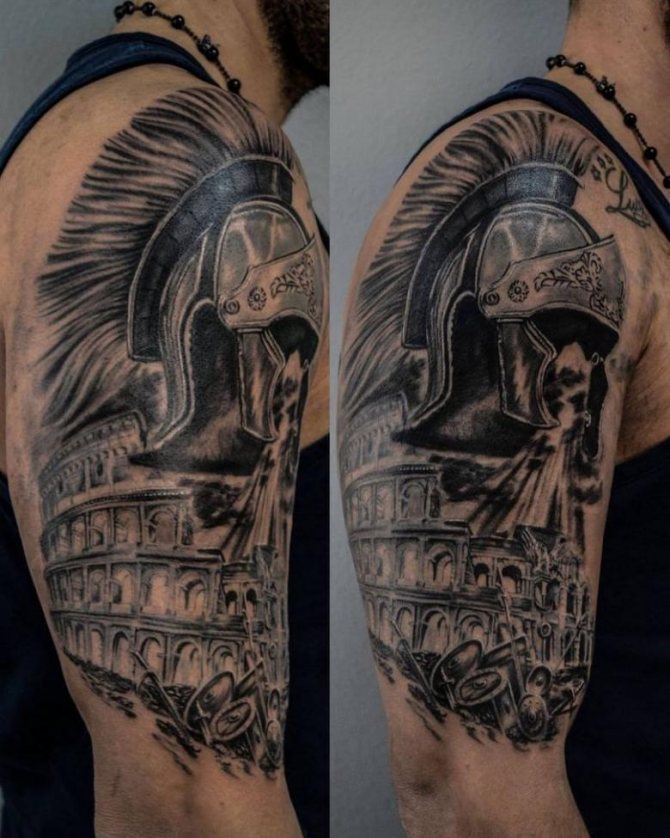

However, soft or delicate people are better not to visit the salon with the intention of applying to the skin gladiator.


The master will definitely pay attention to the mismatch and suggest another option for body decoration, as his job is to create a suitable tattoo based on the external data and character of the client.
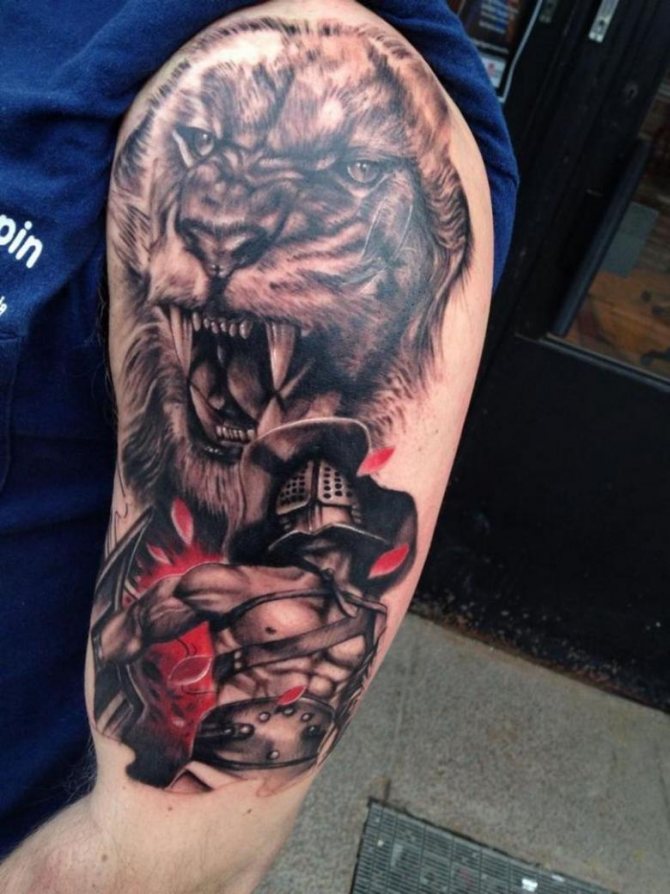

Although, if the owner wants to demonstrate inner freedom or simply intends to show the desire to fight to the end for his life, then it is a great option, and do not pay attention to other people's opinions, if you decide, then let's do it.
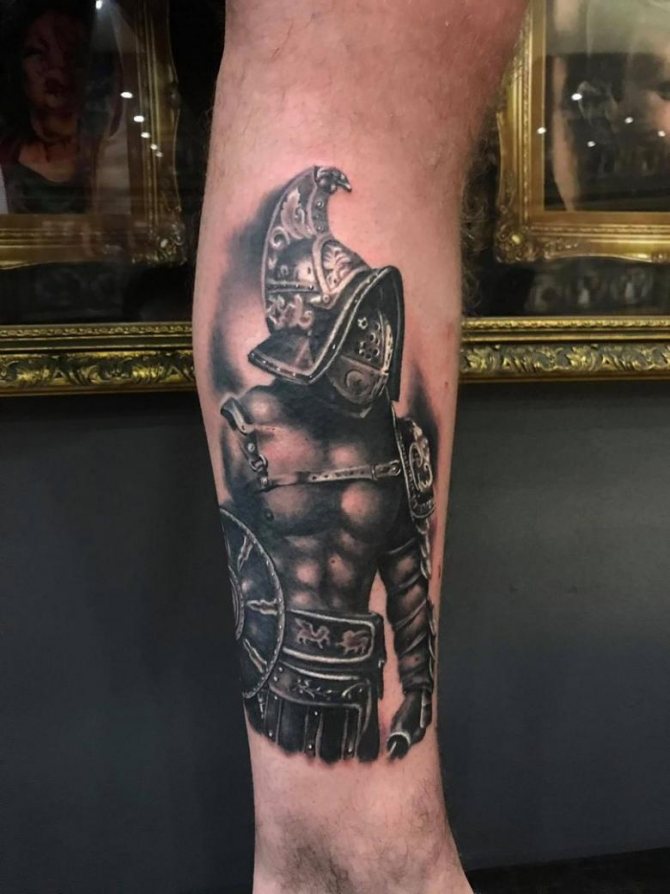

Venator
Venators were some of the most enigmatic gladiators, who not only fought wild animals, but performed real circus shows, sticking their heads into the jaws of lions, balancing on the back of furious camels, or juggling deadly cobras and vipers. For obvious reasons these gladiators were much beloved by Roman citizens, who valued their courage, dexterity, and interesting tricks above all else. The light weapons of these fighters consisted mainly of darts, which the Venators wielded to perfection. During the most dangerous battles, they used the exclusive psychological abilities that were specially developed by these fighters. There are cases when a venator could subdue an enraged leopard with one look or put a rabid rhinoceros to sleep. Some of these gladiators were revered by the Romans for the veduns and shamans who know the language of animals.
The meaning of the gladiator tattoo
Choosing a body drawing, a man always wants to look masculine and strong. The best male qualities can emphasize the tattoo with the image of a Roman slave - gladiator. However, sometimes such a drawing is chosen by the fair sex as well. We suggest to know what is the meaning of the tattoo gladiator for men and women.


Tattoo gladiator fight
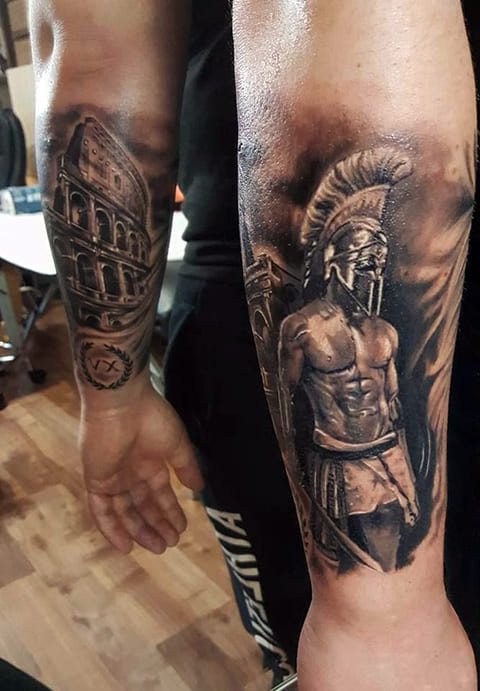

Tattoo gladiator on the forearm
It is safe to say that the tattoo with a gladiator is purely male. Especially beautiful it will look on the athletic male body. But even if a man can not boast of such a trim figure, he has the right to make a tattoo with a gladiator, if it has the inherent qualities of a Roman slave.


Gladiator tattoo
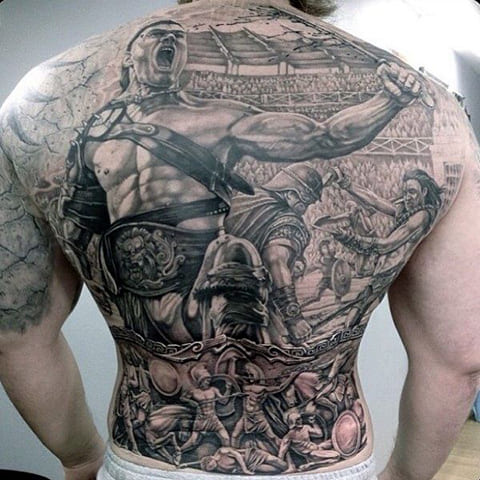

Tattoo of a gladiator on his back
Sometimes a tattoo depicting a gladiator is also chosen by women. You should not judge or criticize a member of the fair sex with such a body image.
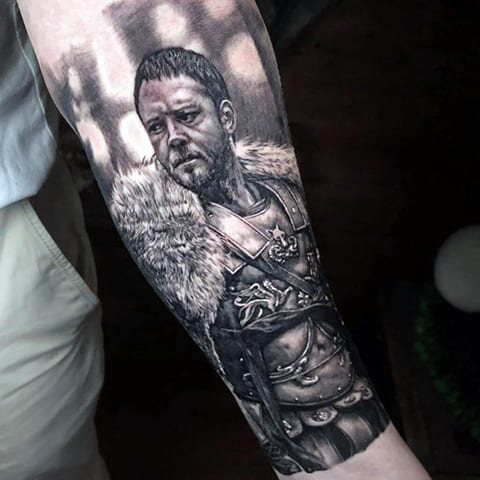

Tattoo with a gladiator from the movie
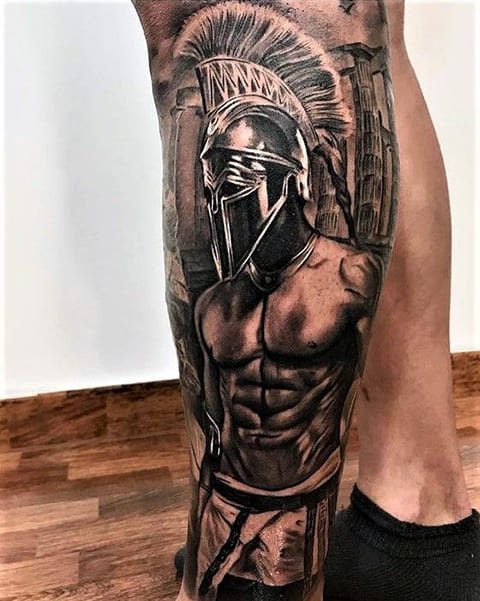

Tattoo gladiator on his leg
Tattoo with a gladiator means:
- fearlessness, courage
- aggression
- desire to always be free
- fidelity
- freedom-loving
- Desperation
Tattoo with the image of a gladiator is unlikely to be the best option for the insecure, timid man. It is suitable for a bold and decisive young men. By doing this body image, a man can openly declare that he is not afraid of life's difficulties and is ready to fight with anyone who challenges him.
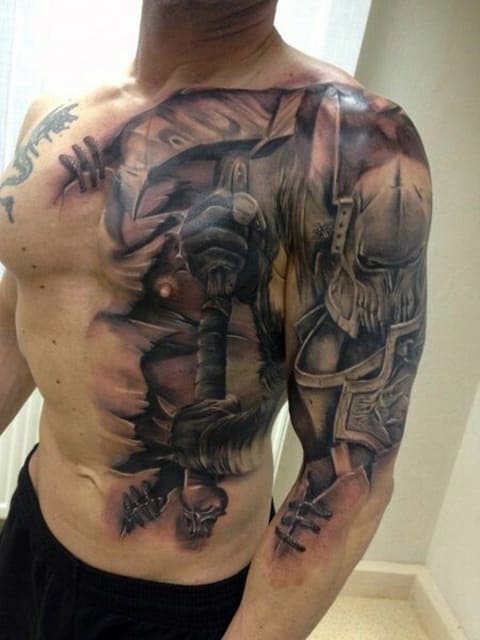

Large tattoo with a gladiator
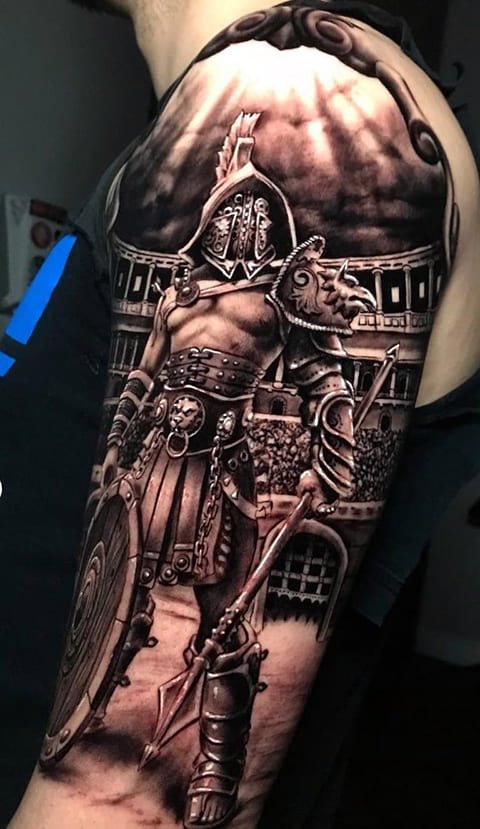

Tattoo of a gladiator on the arm
Sometimes such a tattoo will represent aggression. That is why you should not be in a hurry with the choice of a natal drawing, if you have a soft character. Roman slaves have always dreamed of freedom. And therefore, tattoos with Roman gladiators will tell about you as about a freedom-loving person.
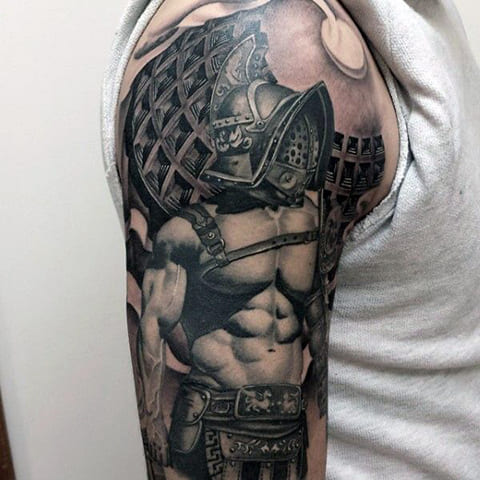

Tattoo of a gladiator on his arm
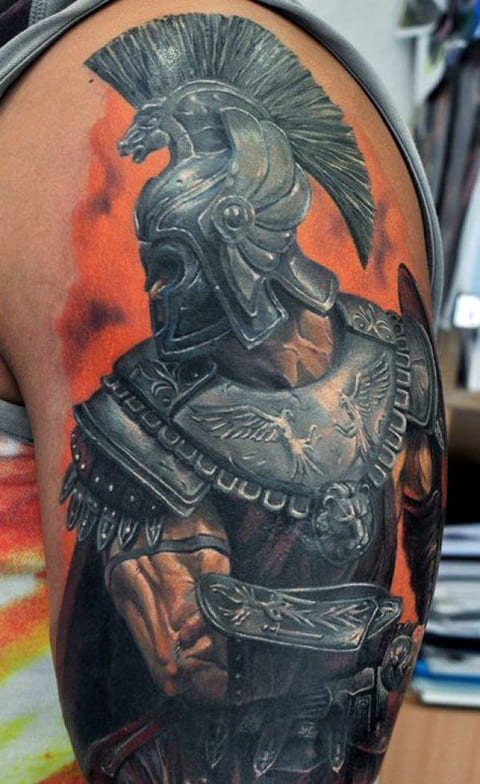

Tattoo of a gladiator on a man's arm
Also, you should not be surprised to see a girl or woman with a gladiator tattoo. She may choose such a body art because of the beauty, because often such tattoos look very spectacular. However, more often such natal drawings a woman chooses to demonstrate her strong and freedom-loving character.
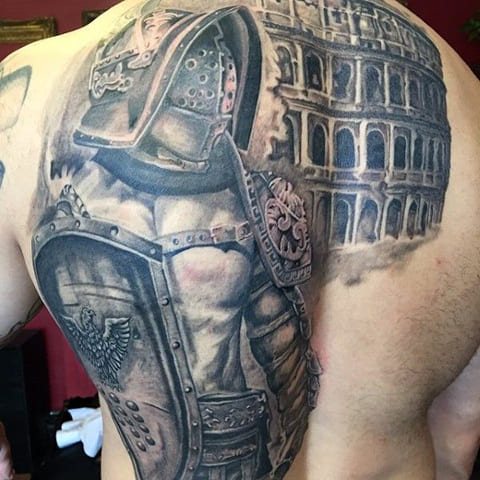

Tattoo gladiator on the back
Tattoo gladiator on the shoulder
Every gladiator understood that he was a slave and he had only one chance to survive - to win and every time he gets stronger. By making such a tattoo, sometimes a woman wants to show her hopelessness and desire to become stronger, despite the trials of fate.
Goplomahs
The Goplomachs were heavily armed gladiators of the highest order, equipped with the massive legionary shield "goplon", a short sword-gladius or heavy two-toothed axe, a powerful helmet, decorated with eagle feathers or the intimidating horns of a buffalo. Such fighters fought in the most difficult fights, often alone against several enemies. The mighty and fearless Goplomachus was considered the elite of the gladiatorial world, capable of hacking a man or animal in half with a single blow. These formidable warriors were known for their unsurpassed tenacity and perseverance - there are cases when a goplomah-winner who was mortally wounded received the compliments of the crowd and the Emperor's praise for a long time without leaving the battlefield.
Dimacher
Dexterous and agile dimaherds were the most successful gladiators of ancient Rome, displaying wonders of physical flexibility and swordsmanship in the arena. Armed with two light and sharp swords, these fighters, wearing only a distinctive mask as their armor, appeared like lightning from behind or in front of a discouraged opponent, inflicting numerous stabbing and slashing wounds. Such tactics invariably brought success - dimahers were able to withstand the most powerful gladiators in heavy armor, exhausting the opponent by their inaccessibility. Naturally, such an onslaught demanded great physical fitness and a remarkable intellect. The dimahers, the winners of the gladiatorial games, freed by order of the emperor, often became excellent financiers, actors and merchants.
Legniarius
Gladiators legniarii in ancient Rome had a special status - these talented fighters fought solely for the sake of a great spectacle, that is, not to the death. Therefore, the main armament of the legniarii was a stick, whip or staff. The outfit of these gladiators was invariably admired by the crowd, as it was also part of a virtually theatrical performance accompanied by the sound of trumpets, rattlesnakes and cymbals. Special skillful legnarians armed themselves with a metal whip and put up deadly duels against the best fighters and wild animals. One powerful and precise blow from such a scourge could easily break the spine of a lion or a tiger. Precise calculation, impressive beauty of movement and the ability to concentrate all the force in a single decisive blow - the main signs of talent legneary, which over time have been honed to perfection.
Gladiators of Rome: interesting facts
1) The life of a gladiator was very highly valued. It took a lot of time, effort and money to bring up an excellent fighter, and such a fighter brought a huge income to his owner.
2) Gladiators were considered the lowest "caste" even among slaves, and becoming a gladiator was a great shame for a Roman citizen. But it was not uncommon for an ordinary Roman citizen to become a gladiator, sometimes out of sheer desperation, sometimes out of his own bliss.
3) All the movies make the gladiator look like a bodybuilder, but that was not the case. Two or three months before the fights, gladiators were fed abundant and fatty food because the thick layer of fat protected their internal organs.
4) There is a myth that gladiators are Rome's best fighters. Fighters, yes, but not soldiers. They did not know how to fight in an organized formation like legionaries, did not know the tactics of formations, etc. That was the trouble with Spartacus. Gladiators could be good bodyguards, which was often the case, but soldiers were not.
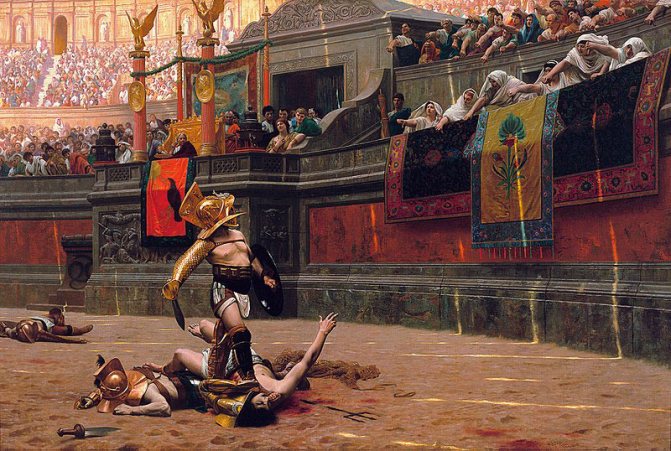

Gladiators. Source: wikipedia.org
Murmillon
Some of the most enigmatic gladiators of ancient Rome were the Murmillons, fighters armed with gladius swords and oval shields, who in most cases paired up against a more formidable opponent. The expressive helmets, topped with magnificent crests in the shape of striped fish, helped these fighters in the excitement of mortal combat to find each other in time to support and protect their partner. The mystery of the Murmillons is that if one of the two fighters died, the other often committed suicide right in the arena. Such fidelity was explained by many as demonstrative proof of a stern male friendship, and some believed that such an extravagant ending was simply part of the spectacle. Be that as it may, the Murmillons represented one of the most powerful links in the gladiatorial games of antiquity.
Naumahiarius
The Naumahiarii were the gladiatorial elite who were allowed to participate in the sea battles that eventually became a favorite pastime of the plebs and emperors of ancient Rome. These ship's gladiators, clad in gleaming crested helmets, were armed with short swords, boarding hooks, and heavy spears for deadly long-distance throws. Grand battles on the water were accompanied by artificial fires on the triremes and quinquires, the main ships of ancient Rome, which forced the navmacharians to stock up on massive jugs of water in advance. Moreover, these massive jugs often also became a formidable weapon of close combat on the ship decks.
Tattoo gladiator photo
Other articles with similar themes:
- 60 PHOTO: Tattoo on the neck
- Tattoo with lace - photo
- Tattoo for girls - 300 photos
- Tattoo photo: Yin and Yang on the back
- Tattoo Inscriptions (75 photos)
- Tattoo on fingers - 100 PHOTOS!
- Tattoo of a whale - meaning and photo
- Tattoo on hands (100 photos)
- 100 PHOTO: Tattoo on Arm
- Tattoo on chest (50 pics)
- Cat. Tattoo Sketches (120 photos)
- Sexy tattoos (75 photos)
- Tattoo Yin-Yang - meaning and photos
- Tattoo Bear - meaning and photo
- Tattoo Phoenix. Meaning and photos
- Sexy tattoo on the butt (55 photos)
- Tattoo crystal. Picture and meaning
- Tattoo with flowers - a ...
- Tattoo spider - meaning and photo
- Sketches of tattoos with a wolf ...
- Tattoo on the leg - ideas and photos
- Tattoo on the elbow - ideas and ...
- Tattoo elephant. Meaning and photo
- Tattoo on the Thigh for ...
- 80 photos: Tattoo Mama catalog
- Tattoo: skull on the arm (80 photos)
- Cover up: overlap...
- Tattoo wolf - meaning and photo
- Tattoo Space and ...
- Tattoo with snakes - a ...
Retiarium
Trident, dagger and net - this is the set of arms retiarius - the most ancient Roman gladiator by origin. Retiarius as a type of fighters in the arena emerged at the dawn of gladiatorial games, but thanks to the high combat effectiveness of the aforementioned equipment, these experienced warriors were able to successfully confront the Thracians and Securians armed to the teeth in the arena. Later retiarii were allowed to wear a spectacular helmet and shields to protect the neck, but the net and trident remained an indispensable attribute of these desperate fighters. By the way, it was the net that saved these gladiators from death in the arena - thrown by a skillful hand a strong mesh trap for a long time took out the enemy in heavy armor, who, desperately escaping, was an easy target for the heavy trident.
Gladiator slaves: how warriors were trained
Gladiators were Roman slave fighters who took part in duels to the delight of the Roman Empire for nearly 700 years.
Gladiators were slaves, prisoners of war, or criminals, and sometimes ordinary citizens. These fellows, not old and well-developed, were placed in gladiatorial schools where they received military training under the direction of the governor. Gladiators practiced every day with trainers and teachers who taught them how to wield a variety of weapons. The gladiators also had cooks, doctors, and hetaerae at their disposal.
Gladiators lived much better than ordinary slaves, but this advantage was nothing more than a mere investment. The better a gladiator lived, the better he fought, the better he won, hence the greater the profit.
Some gladiators were able to obtain emancipation from slavery, but they were few in number. These fighters received a rudis, a wooden sword, a sign of liberation from slavery. Often they became paid trainers in their own ludus (gladiator schools).
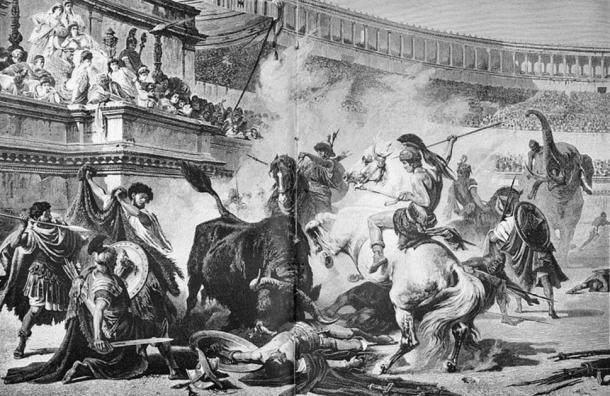

Fights. (wikipedia.org)
Gladiatorial fights usually ended with the death of one opponent or the defeat of a group of gladiators if it was a group fight. If one of the losers survived, the audience decided their fate. The well-known gesture - a thumb down or up - decided the fate of the defeated. But it is considered that the gestures were different: fingers clenched into a fist - life, thumb set aside - death.
Roman gladiators were divided into types, and each of them was differently armed and used in different fights. Often gladiators were armed as representatives of one of the conquered peoples of Rome or as some fictional characters. However, in spite of all this, the armament of gladiators was not diverse.
Sagittarius
Mounted gladiators armed with flexible bows turned the amphitheatres into a real brawl, which delighted the crowds, senators and Caesars without fail. The sagittarii, swift as lightning, perfectly skilled with bow and arrow, were unleashed at the finals of mass gladiatorial battles, sweeping away the remnants of the fighters while fighting each other to the death. There were occasions when these desperate daredevils fired arrows into the emperor's box in the hope of striking the hated ruler who had deprived them of their freedom. Of course, these attempts to kill the tyrant because of the special location of Caesar's rostrum at an acute angle to the arena always ended in failure. However, the memory of these solitary exploits nurtured gladiatorial aspirations and hopes for many years, which later culminated in the famous Spartacus Rebellion.
Skeissor
The Scissor was the most dangerous single gladiator of ancient Rome, armed with a classic gladius and a special sharpened scissor shield that inflicted profusely bleeding cutting wounds on his opponent. The Skissors were flawless with any piercing or cutting weapon, and were also notable for their excellent physical form, allowing these fighters to hit their opponents from any position. A lightweight helmet with a shaped visor complemented the equipment of this omnipresent warrior, who could handle several heavily-armed fighters. Siksors boldly came out against riders as well - striking the groin of a horse with their deadly scissor-shield, they would finish off a rider with their gladius, which was usually fatally crushed to the ground by the fall of their own horse, at the emperor's command.
Thracian
The Thracian was a classic Roman gladiator, who over time became a legend in the gladiatorial fights of antiquity, symbolizing boundless courage and bravery. Adorned with a griffin feather comb or sharp horns, his massive helmet, heavy bronze shield, and two-edged Thracian curved sword made him the finest weapon in the gladiatorial arena, capable of unprecedented force against foot and horse combatants. Perfectly sharpened horns on the helmet in the case of the loss of the sword often played the role of cold steel weapons in a close fight - being unarmed, a gladiator quickly yanked his helmet and using the convenient design of the visor, wielded it as a deadly dagger. The most merited Thracians had the right to include a picturesque staff in their equipment that served as an impressive decoration for a proud warrior during gladiatorial parades preceding the battle.
